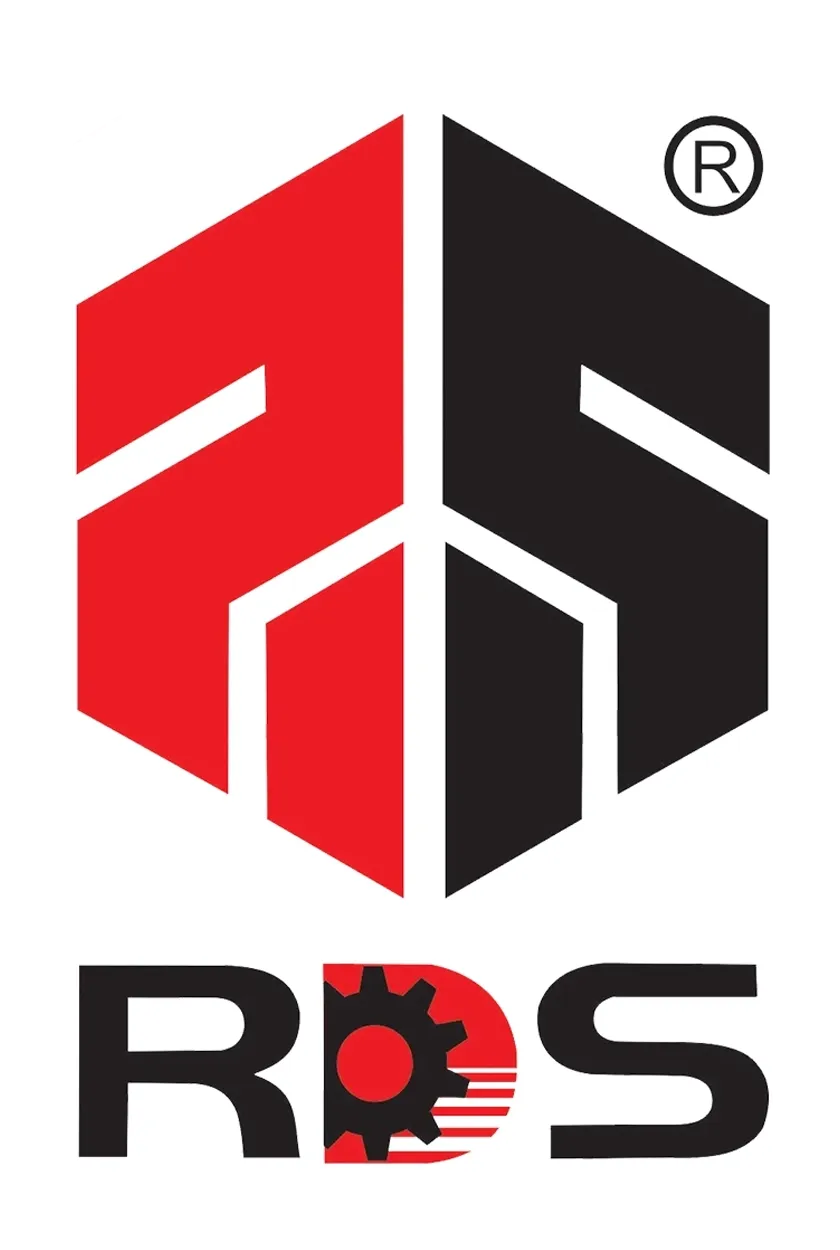How to Avoid Epoxy Fiberglass Laminate Manufacturing Defects?
The manufacturing process of epoxy fiberglass laminate
The preparation of raw material for epoxy laminate includes suitable alkali-free glass cloth as reinforcement material, epoxy resin and epoxy paint as matrix materials, curing agents, accelerators, and other auxiliary materials. Impregnate the alkali-free glass cloth into a mixing liquid containing epoxy resin, paint, and related additives, ensuring the glass cloth fully absorbs the solution and the resin is evenly distributed over the fiberglass cloth. Dry the impregnated fiberglass cloth to remove unnecessary solvents and moisture, then cut to certain dimensions or shapes. Place the prepreg material into a mold and cure it under high temperature and pressure. Generally, the temperature is around 150℃-200℃, and the pressure is between several megapascals to tens of megapascals. After a certain period of the curing process, the epoxy resin is completely cured, forming epoxy laminate with stable properties. Epoxy laminate can be cut, grinded, and drilled to meet specific size and machining requirements. Surface treatment, such as coatings, may also be carried out to enhance its surface properties and corrosion resistance.
How to solve the defect problems of epoxy fiberglass laminate manufacturing process?
Epoxy laminate defective problems usually include bubbles, flow traces, and uneven surface. In order to avoid this process, the manufacturing process must be supervised and optimized.
● During the mixing process, it should strictly control the mixing ratio of epoxy resin and curing agent and accurate measuring equipment should be used to ensure that the proportion is accurate.
● At the same time, the mixing speed and time are optimized to avoid excessive air in high-speed mixing. Generally, low-speed, long-duration mixing is preferred, so that the materials are fully mixed and reduce the generation of bubbles.
● After mixing, the mixed material should undergo vacuum defoaming treatment. Place the material in a vacuum so that the bubbles expand and escape at low pressure.
● To effectively solve the flow trace problem, adding an appropriate amount of diluent or thickening agent to adjust the viscosity of mixed material, so that it has good liquidity in the coating process, it is necessary to determine the appropriate viscosity range by using the viscosity meter and other equipment. Control the temperature and humidity during coating, avoid coating in high temperature and high humidity environments, because high temperature will reduce the viscosity of the material, easy to produce flow marks, and high humidity will affect the curing performance of the material.
● At the same time, the use of appropriate coating tools and methods, such as adjusting the pressure, angle, and distance of the spray gun when spraying, paying attention to the direction and strength of brushing, to ensure that the material is evenly coated.
● If the mold is used, to ensure the surface flatness and smoothness of the mold, regularly check and maintain the mold; if there is wear or deformation, timely repair or replacement. Apply an appropriate mold release agent to the surface of the mold to facilitate the removal of coated fiberglass cloth while also minimizing damage to the material's surface.
● Control the curing temperature and time, and adopt a reasonable curing curve. For example, for some coated materials, the method of segmented curing can be adopted, first pre-curing at a lower temperature for a period of time, so that the material is initially finalized, and then raise the temperature for complete curing, which helps to reduce shrinkage and deformation, and improve the surface flatness.
● Uneven color quality control: to ensure the quality stability of epoxy resin, curing agent, paint, and other raw materials, different batches of raw materials may have color differences, so it is necessary to carry out strict incoming inspection, choose reliable quality, uniform color raw material suppliers.
● Mixed uniformity: During the mixing process, ensure that paint and other additives are well mixed with the epoxy resin and curing agent. High-speed mixers or grinding equipment can be used to disperse the paint evenly in the mixing materials to avoid the agglomeration of paint.
Through the careful optimization and strict control of each process, the appearance defects of the epoxy laminate can be effectively solved, and the product quality and appearance quality can be improved.
 EN
EN





















